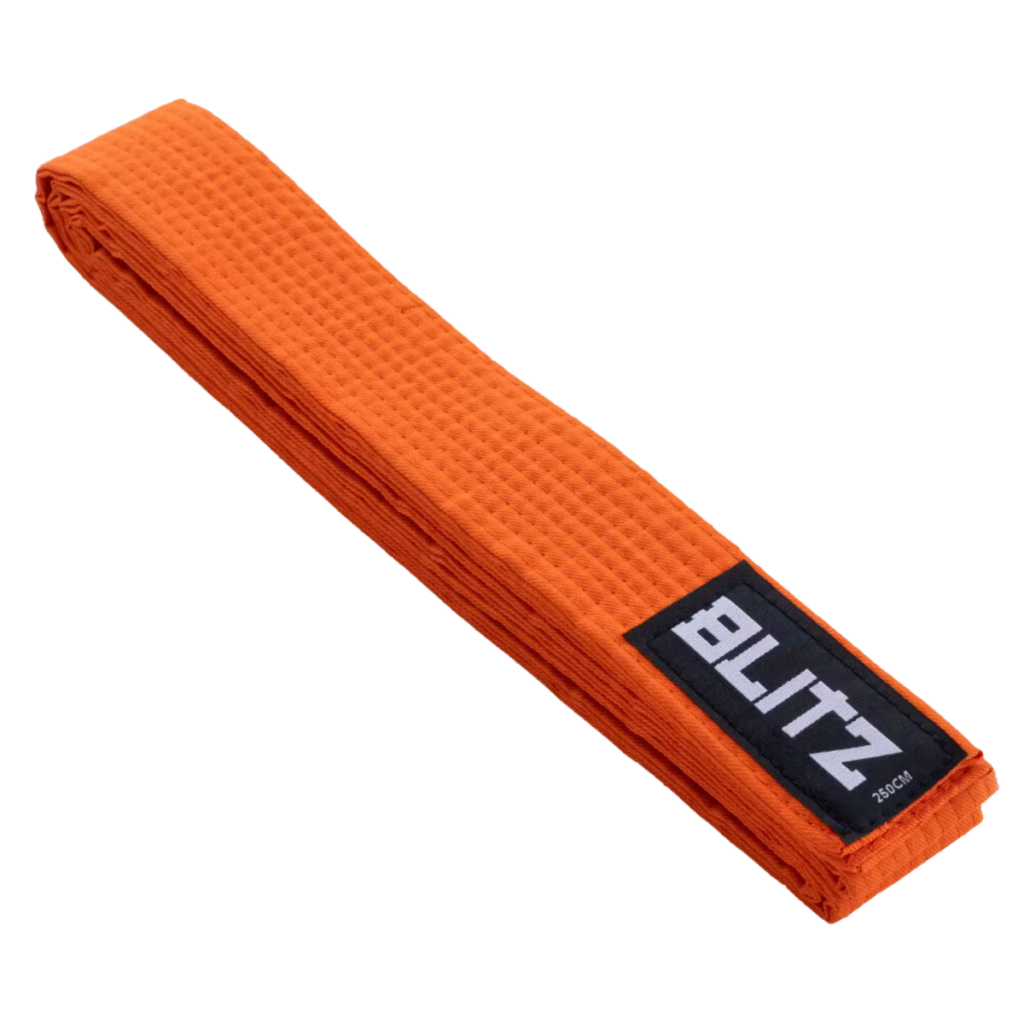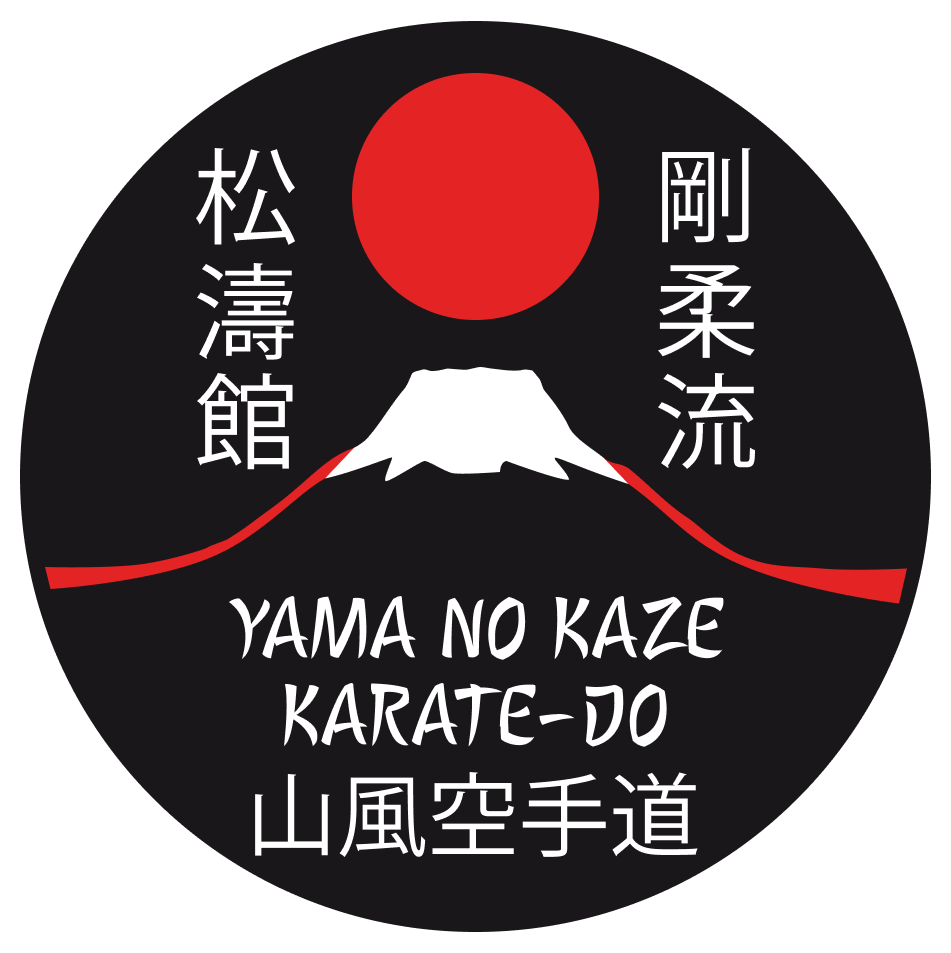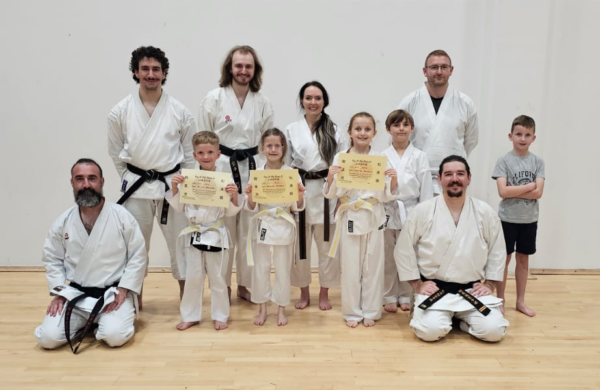
About 7TH KYU
Orange – gekisai dai ni
Gekisai Dai Ni is an intermediate kata in Goju-Ryu Karate, building upon the foundation set by Gekisai Dai Ichi. “Gekisai” means “to demolish” or “attack and destroy,” while “Dai Ni” means “second level.” This kata introduces additional open-handed techniques and circular movements, emphasising the “soft” (Ju) aspect of Goju-Ryu. Gekisai Dai Ni challenges students to blend strong linear attacks with more fluid, defensive techniques, adding complexity to the basics of Goju-Ryu.
Key Components of Gekisai Dai Ni
- Movements: The kata contains 28 movements that follow an “H” shaped embusen (pattern). While similar to Gekisai Dai Ichi, this kata adds new directions and techniques, requiring practitioners to be adaptable and focused.
- Techniques: Combines closed-hand and open-hand techniques, showcasing both linear and circular applications:
- Gedan Barai (Downward Block): A staple defensive technique against low strikes.
- Age Uke (Rising Block): An overhead block for upper body protection.
Chudan Oi Zuki (Middle Lunge Punch): A forward-moving punch targeting the midsection. - Mawashi Uke (Roundhouse Block): A signature Goju-Ryu circular block, integrating defensive flow.
- Open-Hand Techniques: Introduces Nukite (spear-hand thrust) and Shuto Uke (knife-hand block), adding variety and promoting finger strength and hand control.
- Stances: Primarily uses Zenkutsu Dachi (Front Stance) and Sanchin Dachi (Hourglass Stance), reinforcing grounding and stance stability.
Pattern and Rhythm
- The movements are fluid and rhythmic, balancing the use of both circular and straight-line motions.
- Students practise transitioning between strong, rooted stances and agile, flowing techniques, promoting adaptability and flow.
Purpose
Gekisai Dai Ni is designed to deepen students’ understanding of Goju-Ryu’s “hard and soft” philosophy. It introduces more advanced techniques, including open-hand strikes and circular blocks, fostering versatility in defence and offence. This kata emphasises fluid movement, adaptability, and introduces elements of ki (internal energy), preparing students for higher-level kata in Goju-Ryu.

